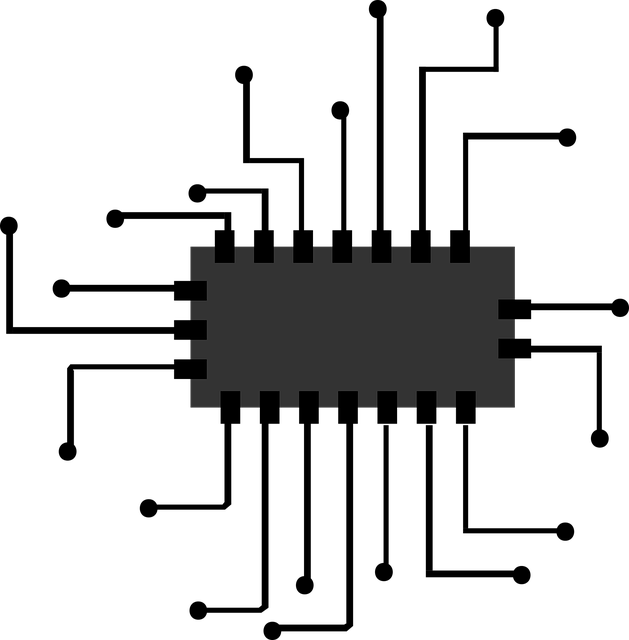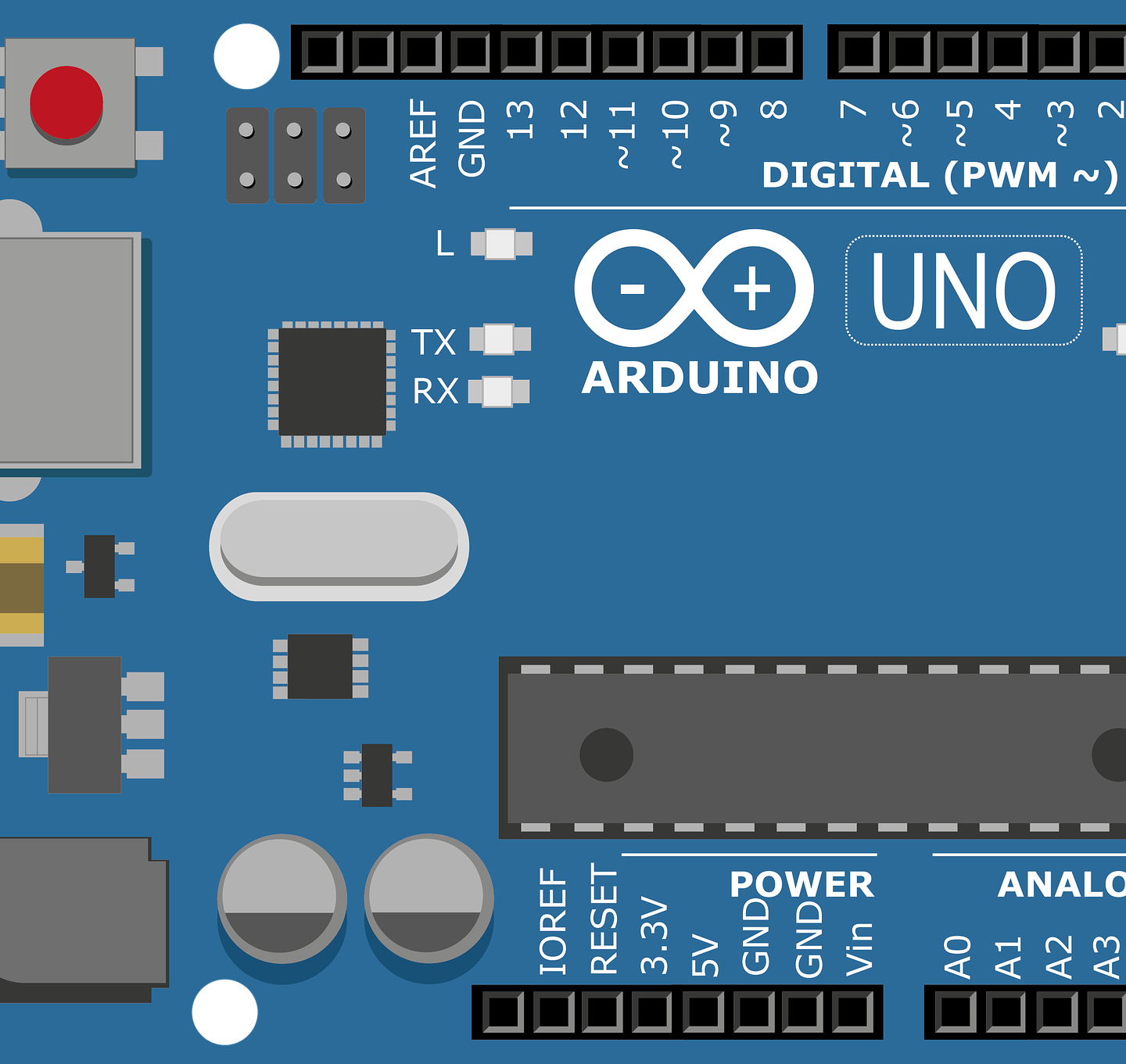Happy New Year 2018
The holidays are over , roads have been traveled , relatives have been visited and feasts have been enjoyed . Now time to get back to posting stuff around here. My plan for this year , at least for the foreseeable future is to continue posting on a weekly basis …


